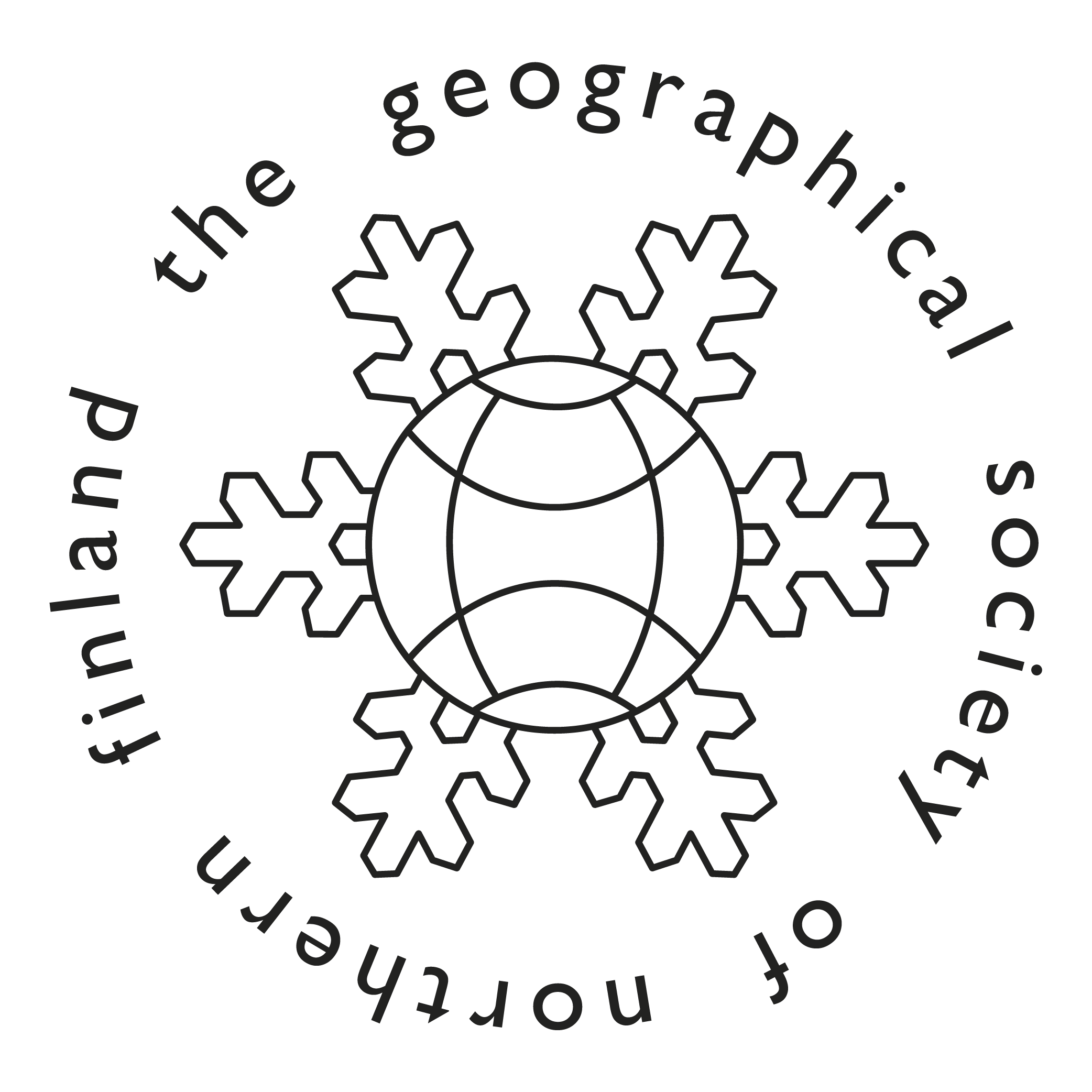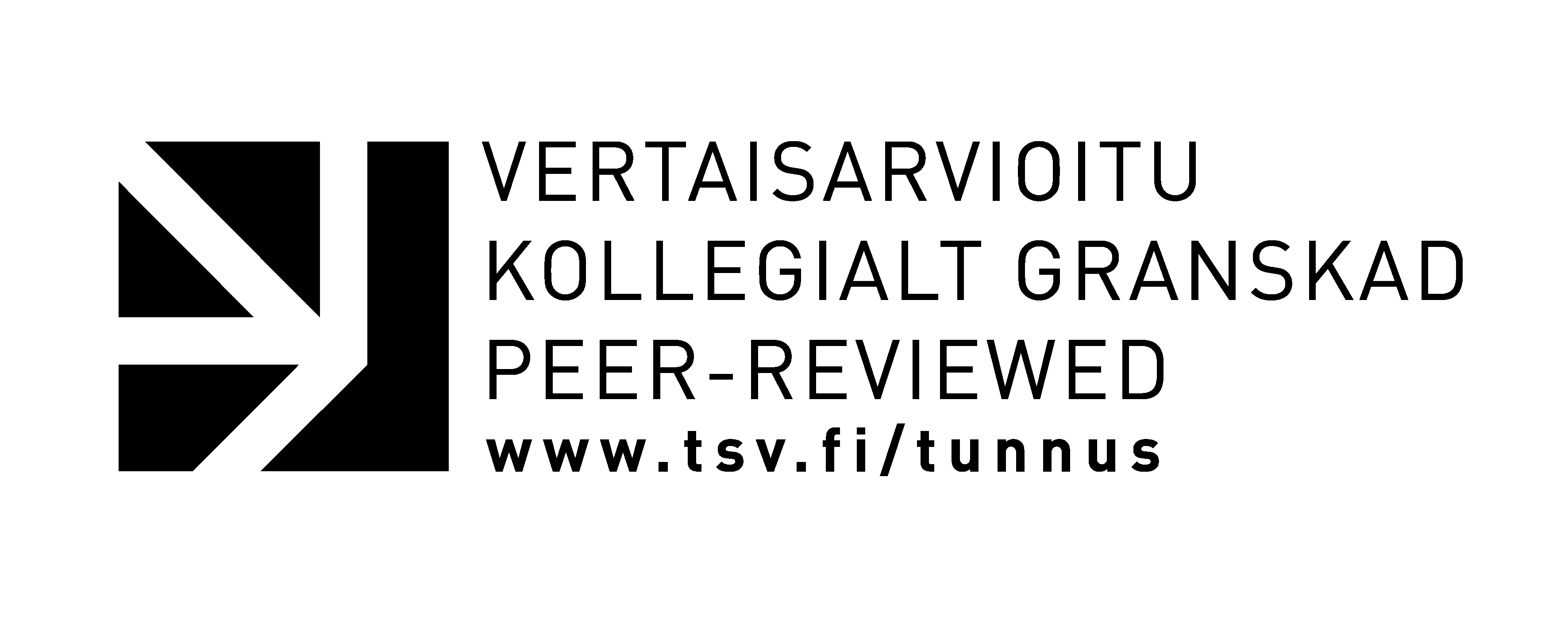Integration, Memory and Cultural Heritage in Galicia-Northern Portugal Border Region
Abstrakti
Within and across the Portuguese-Galician (Spanish) border interesting social, cultural and political processes are observed. These processes can be traced and analysed from a wide variety of information sources. Among them, we will retain media, literary and political discourses as well as diverse products of material and immaterial culture. Taking into account that social and cultural practices in any border area are hugely politicised we pay special attention to a border in which memory, cultural heritage and expectations around the constitution of transborder institutional structures are of significant importance for border inhabitants. For instance, the boundary openness and the improvements in transport infrastructures have resulted in an important increase of tourist flows within and across the border area. These new trans-border relations are affecting the self-identification of most border inhabitants who realise that Galicia and Northern Portugal are, at least potentialllly, a unique region characterised by a set of common cultural features as well as economic and institutional networks.







